Loading...
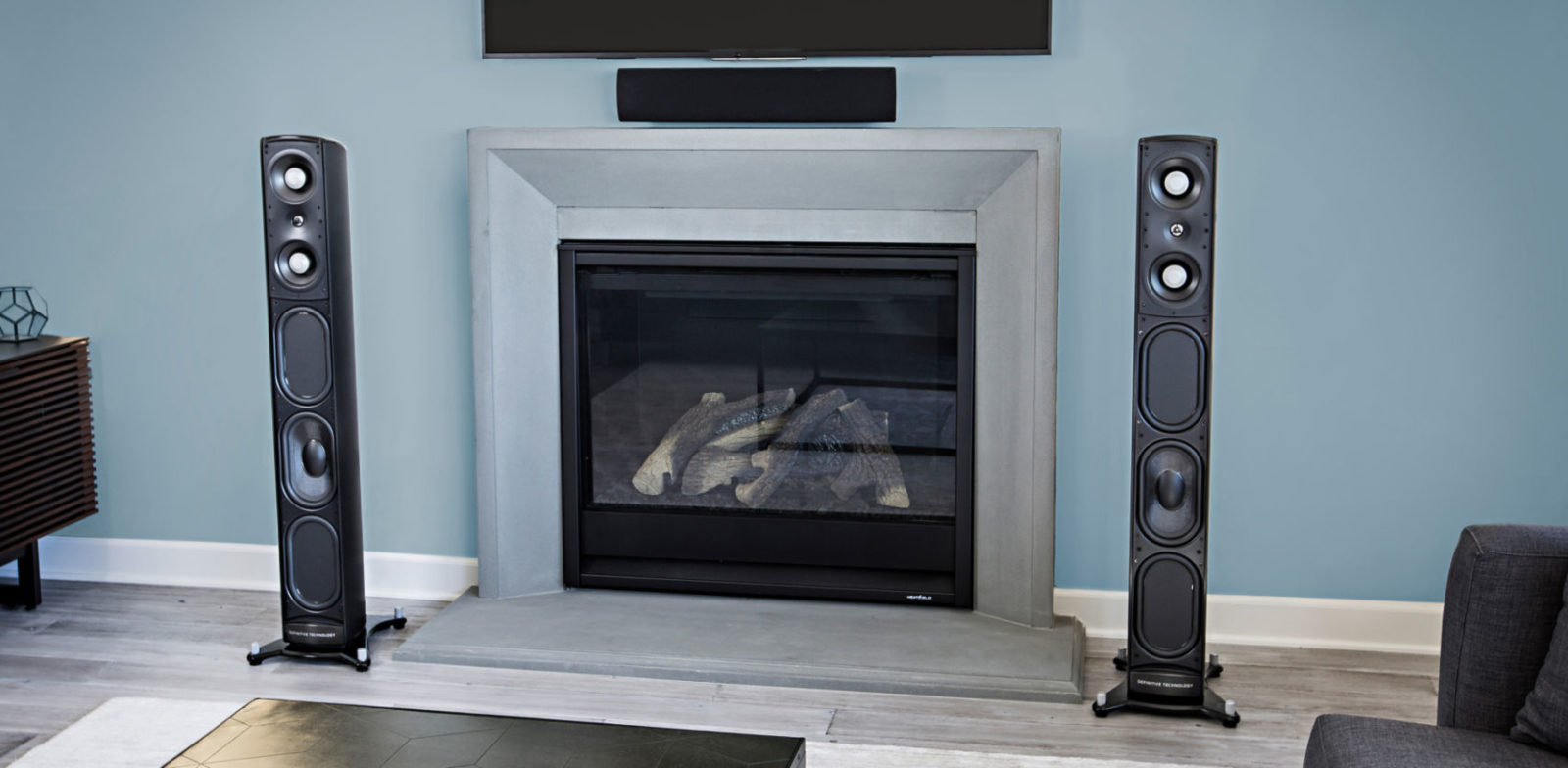
In and ongoing pursuit to help people make their home setups sound better, I am here to talk to you about crossovers. Picture this: You have gone out and invested a decent amount of money in a home theatre receiver, a number of speakers and a subwoofer. Further more you have taken the advice of the professional that helped you and purchased a bunch of cable. Now what?
You have one of three options. One, you can leave it be. You can plug it all in and be happy that no matter what, this sounds way better than your TV speakers. Two, you can dive in to the menu and set all your speakers to 80hz and then set your sub to the same. Three, if you have a receiver that has a measuring mic like Yamaha’s YPAO or Denon Audyssey, you can run that and take your listening experience to another level.
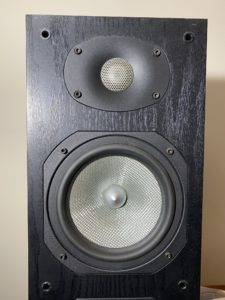
Speakers have cones in them. These are either singular or have multiple cones or ‘drivers’ depending on the speaker it self. The larger a cone is, the more that cone can move. If you have ever pressed lightly on a speaker you will understand what I mean. To keep things simple, the larger and more a cone moves the lower frequency or ‘more bass’ you can put out of it. The smaller a cone is, the less it will vibrate and less bass will come out of it. These smaller speakers however are much more concise for things like high treble noises and voices. Case in point, if you look at a 10” subwoofer you will see a large surface cone and lots of give in the movement. Whereas a small satellite speaker has a very small cone and doesn’t move as much. It almost feels ‘tighter’.
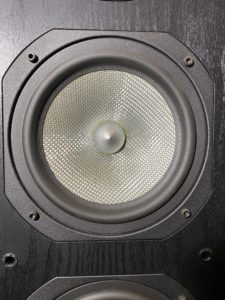
Most if not all speakers can run at 80hz. What this does, is not allow the speaker to move or create sound until the the frequencies hit that 80hz number. You then put your subwoofer to 80hz and it will handle the ‘noise’ or frequencies below 80. This setting is super safe and you will instantly be happy you made the move to surround sound.
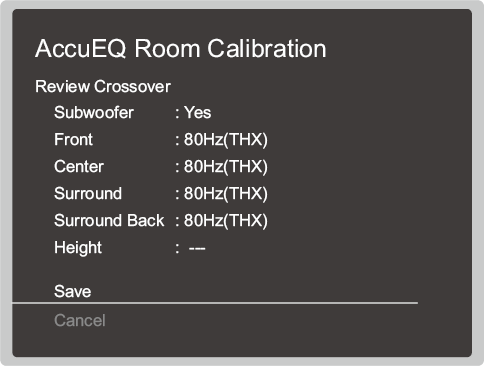
If you do get a receiver that has a compatible mic to measure your room then you owe it to yourself to use it. These systems are very sophisticated and can measure things like your room acoustics as well as your distance from each speaker. The system will measure the bass response from each speaker as well as how that bass reverbs off the surface it is sitting on. The outcome is that you will get much more out of each speaker in your setup and will give you an even better experience.
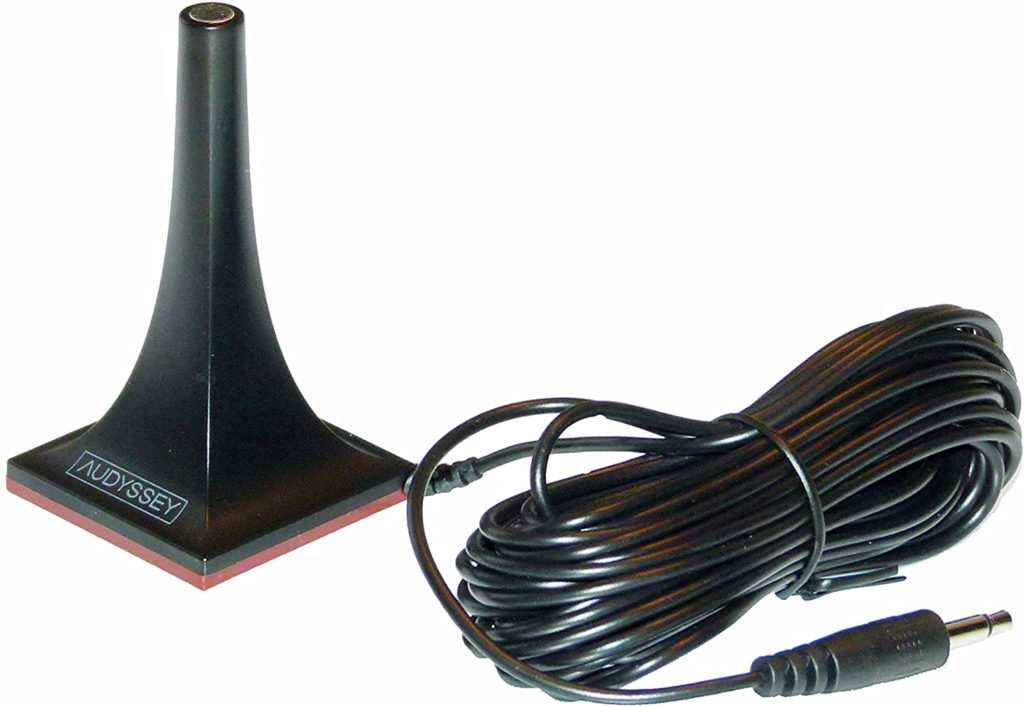
Things to take in to account when picking a surround sound:
In the next article I will cover these topics. Until then, play it loud, play it clean and play it on the biggest surface you can find.

To ‘GetConnected’ to our newsletter, fill out the details and hit the ‘SUBSCRIBE’ button. We do require you to confirm your email.